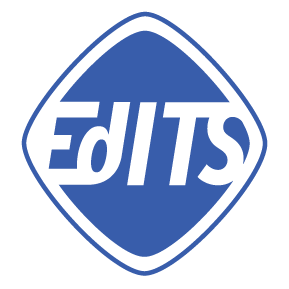Implementing Standards-Based Classrooms
The purpose of the Practical Handbook to Standards-Based Classrooms and The Guide for Standards-Based Classrooms is to assist teachers in their professional development activities. The second edition has updated information and a new look!
During the last several years, accountability targets have become intensified at all levels of public education. Now teachers are expected to know and to teach standards effortlessly. Schools must achieve or be placed on the “improvement list.” In addition, many states have passed regulations to link a teacher’s classroom achievement level to professional standing and financial incentives. The Guide for Standards-Based Classrooms and the Practical Handbook to Standards-Based Classrooms are ideal tools to be used for professional development training sessions. The Guide may be used as a pre-assessment tool in order to determine a teacher’s level in implementing standards-based classrooms.
Once the Guide has been used for pre-assessment, teachers may then use the Handbook to help establish lesson plans. Below is an example of the questions you can ask about a lesson plan that worked, helping you move from activities-based to standards-based teaching.
Getting Started…
Think of a lesson that worked well with your students. What made it work?
Here are 10 guiding questions to help you deconstruct your lesson and explore your current teaching practice:
Was the lesson linked to a mandated standard?
What was the primary purpose of the lesson?
Did you identify the enabling skills or prerequisites required to achieve the lesson objectives?
Did you provide opportunities for a variety of student levels in learning and performing? Did you plan separate instructional activities to reach every student?
Was the assessment centered in authentic, contextualized tasks or performances?
Did the assessment provide students various options for the showing what they know and can do?
What opportunities to revise were available to students?
What was your feedback procedure?
How did you used the results from the assessment? Did you share the results with your team or colleagues?
What made you decide it was a successful lesson?
There are five essential components that are presented in the Handbook. The rubric for each component is listed and is followed by a set of activities and examples that will facilitate the implementation of a standards-based classroom. The components are:
Content Targets for Instructional Planning
Test, Products and Performance
Models and Rubrics
Instructional Delivery
Feedback and Reporting
Once the Handbook information has been covered, teachers may go back to the Guide for post-assessment to make sure that progress has been made and to identify further areas for concern and improvement. These tools are valuable because they are easy to use and understand. Our standards-based products are successful in helping teachers transfer from traditional methods to a standards-based approach.



